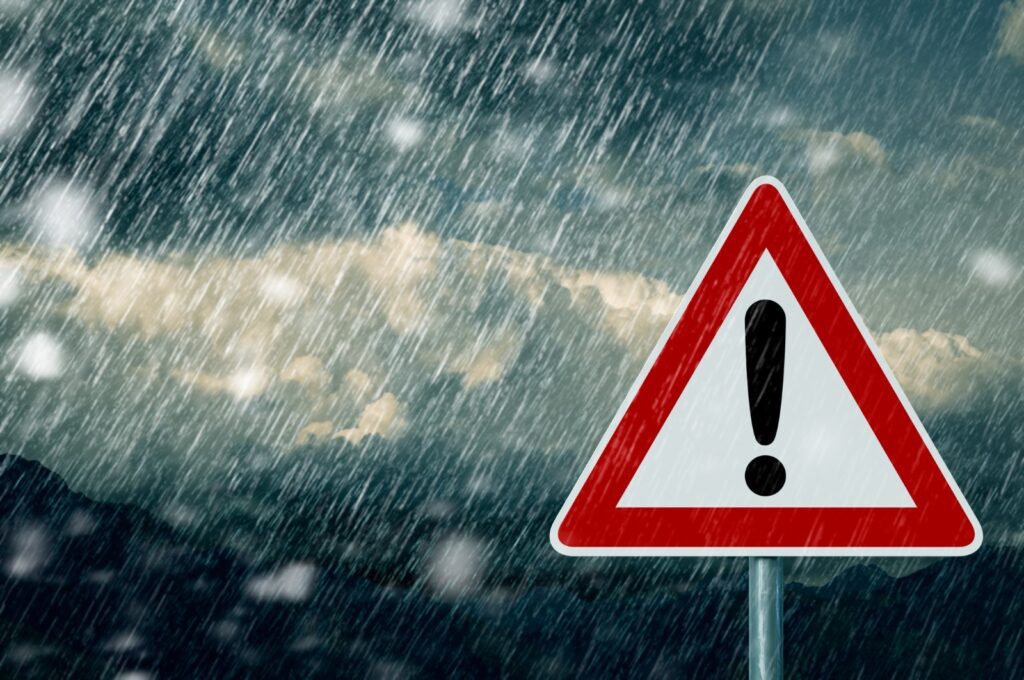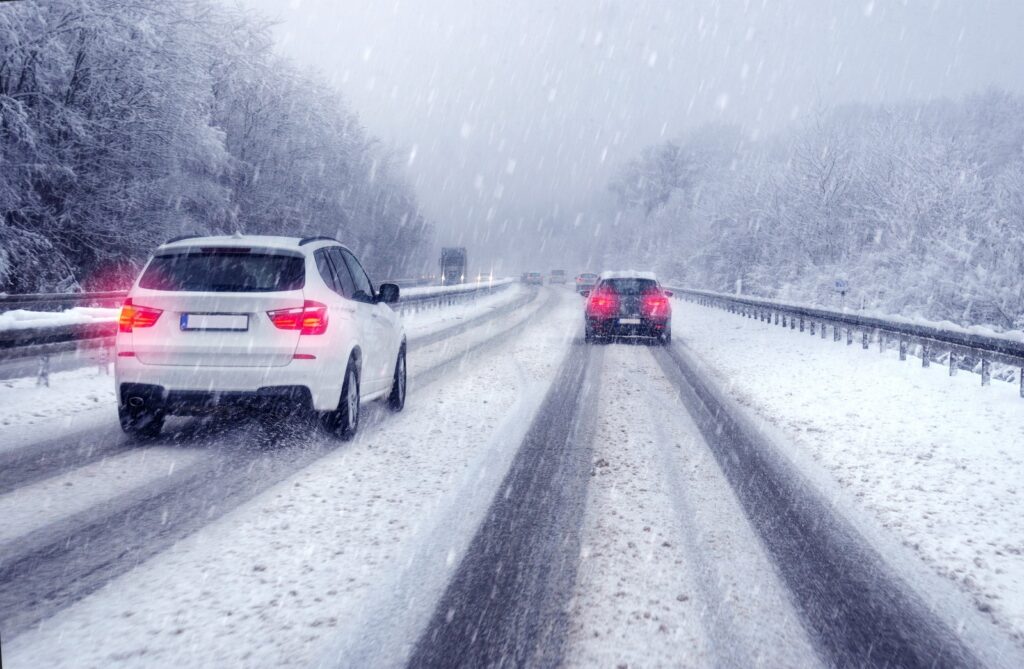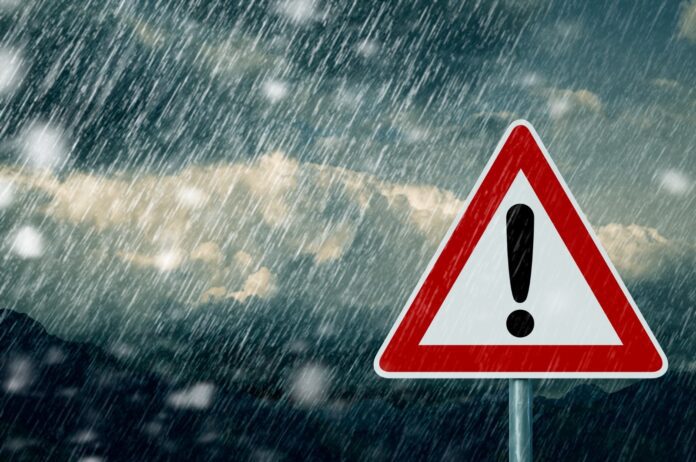Only half of British drivers slow down in heavy rain, whilst less than half do in snow and ice
· Motoring experts’ advice for driving in bad weather

Driving in bad weather accounts for 1,292 injuries, including 4 fatalities, in the UK every year. And, as well as the danger it poses, drivers could also be at risk of fines and license points if not driving correctly.
New research has revealed some of the road rules British drivers don’t know. This includes 60% not knowing the recommended driving distance in snow and ice, and only 39% knowing you should use only fog lights when visibility is seriously reduced, which is a legal requirement and can result in points on a license and a £30 fine.
Shockingly, half (49%) of British drivers don’t slow down whilst driving in heavy rain, which works out at 25 million drivers, while more than half (53%) don’t slow down whilst driving in snow and ice, even though almost 1 in 10 (9%) have had an accident in this weather.
Women are slightly more likely to slow down in the rain (52% to 48% for men), in the study by ATS Euromaster. Younger drivers (18-24s) are least likely to slow down, with less than a third saying they do (29%), compared to 66% of over 55s. Only 8% of new drivers (less than a year) admit to reducing their speed in heavy rain, which can be very dangerous.
Here are 5 winter road rules many Brits don’t know:
1. Keep your aircon on (and avoid a £1,000 fine!)
Driving in bad weather can mean your windows are likely to quickly steam up. Make sure you have your air conditioning on to make sure your visibility isn’t reduced, and you avoid a fine. Driving with misty windows could get you a £1,000 fine and three points on your license.
2. Clear windows and lights (and avoid a £60 fine and points!)
It’s a legal requirement to have a clear view of the road before you set off. Not having cleared away snow and ice properly could result in a £60 fine and three points on your license.
3. Leave 10 times the recommended gap in snow and ice

Well over half (60%) of drivers don’t know the recommended driving distance in snow and ice. When the roads are icy, they will inevitably be more slippery than usual, and braking distances can be 10 times more than on a dry road.
National Highways therefore advises to slow down and keep 10 times the normal recommended gap between you and the car in front. It also advises to drive particularly slowly around bends.
4. Only use fog lights if visibility is seriously reduced
Rule 236 of the Highway Code states: “You MUST NOT use front or rear fog lights unless visibility is seriously reduced as they dazzle other road users and can obscure your brake lights. You MUST switch them off when visibility improves.” 60% of driver did not know this to be true.
Worrying, one in five (21%) drivers think you should use your full beam headlights during fog, which can be very dangerous.
5. Leave a gap of four seconds during heavy rain
National Highways says you should slow down and increase the gap between you and the vehicle in front to at least four seconds minimum during periods of heavy rainfall. This is to allow for longer braking distances due to slippery roads. Over half (52%) of drivers weren’t aware of this.
5 essential tips for anyone needing to drive in bad weather conditions:
1. Check your tyres: Tyres with very low tread wear seriously affect the grip they have on the road and can make aquaplaning more likely. The legal limit is at least 1.6mm across the central three-quarters of the tyre. You may want to consider getting all season tyres too, which can be more effective at gripping.
2. Check your wiper blades: It’s important to check that your front and back wiper blades are functioning properly and if not then get these replaced.
3. Fill up: Getting stuck in traffic in bad weather increases your fuel consumption so make sure you have enough fuel in your car.
4. Check for any weather advice: Check out local news bulletins for any road closures or flooding that is affecting travel. If the conditions are particularly bad, consider if you really need to take the journey.
5. Use dipped headlights in heavy rain (and avoid a £50 fine): If visibility is seriously reduced due to rain and spray from roads, you should use your dipped headlights to help you and other drivers.
For more of the research and more tips on driving safely in bad weather, please visit: https://blog.atseuromaster.co.uk/news/winterproofing-and-hazardous-driving
Help keep news FREE for our readers
Supporting your local community newspaper/online news outlet is crucial now more than ever. If you believe in independent journalism, then consider making a valuable contribution by making a one-time or monthly donation. We operate in rural areas where providing unbiased news can be challenging. Read More About Supporting The West Wales Chronicle


























